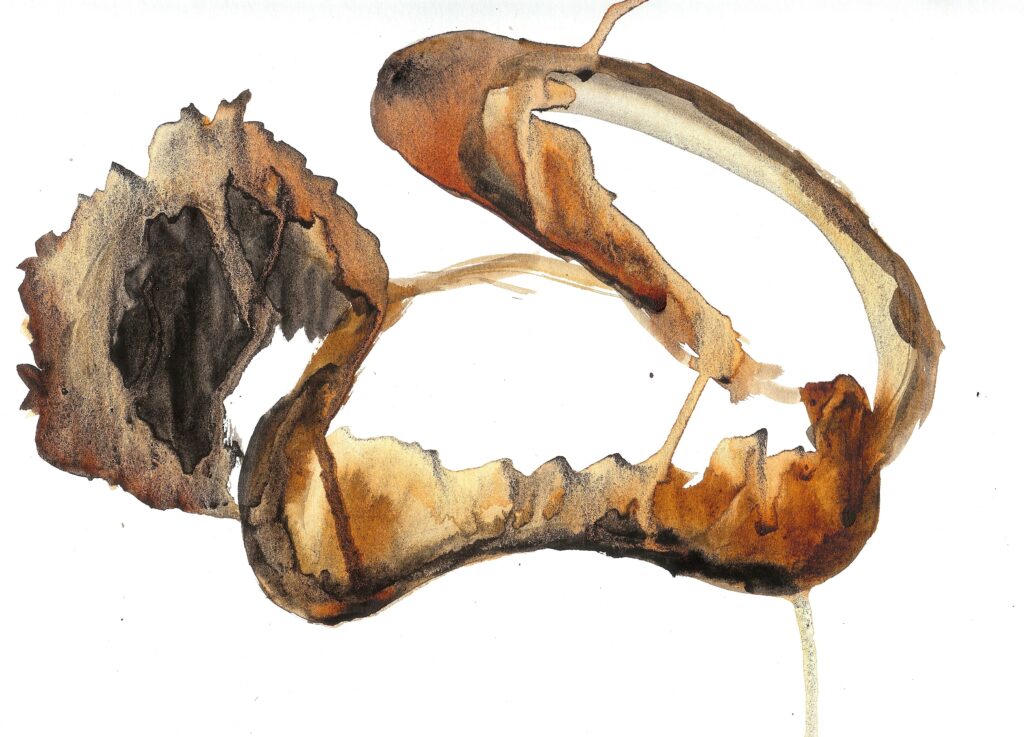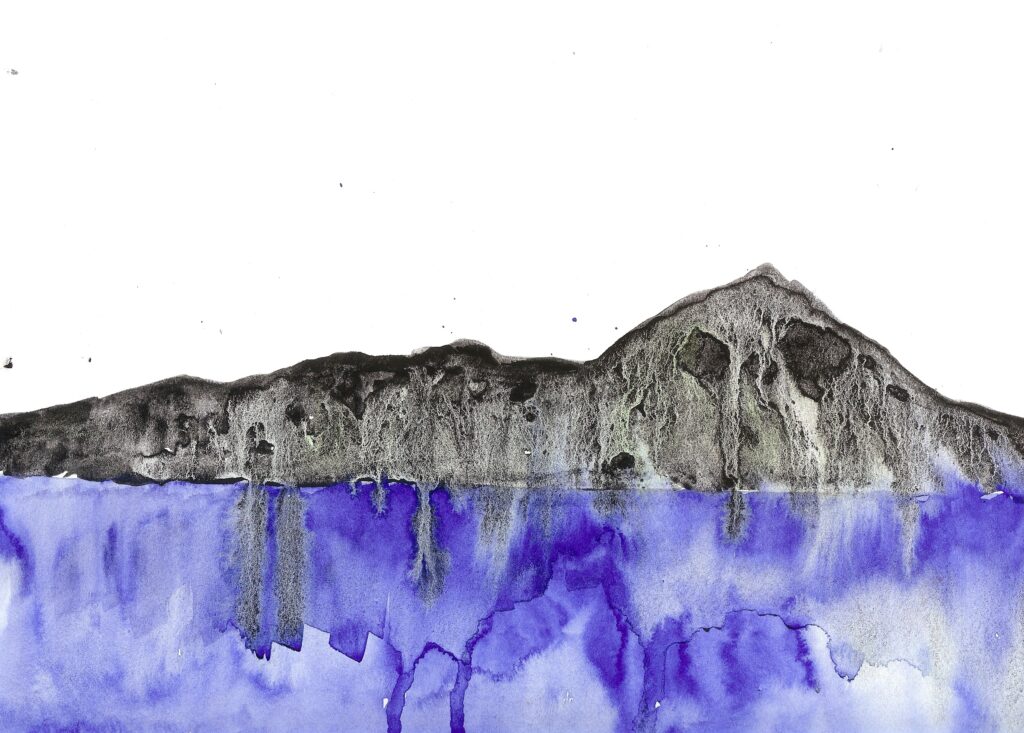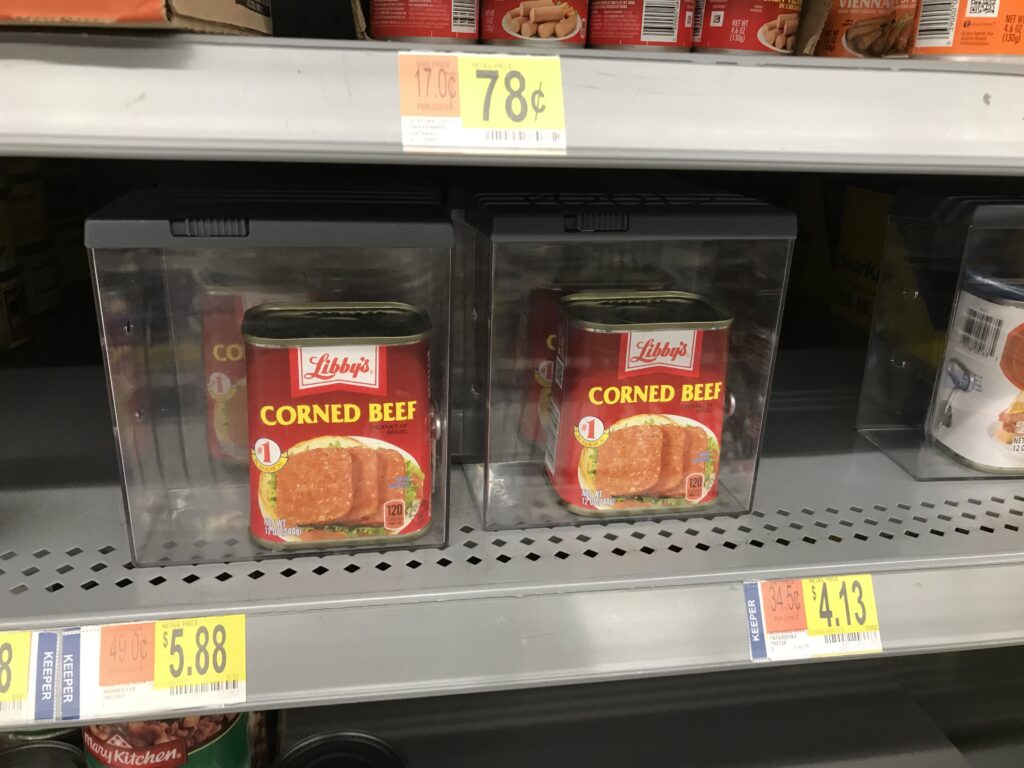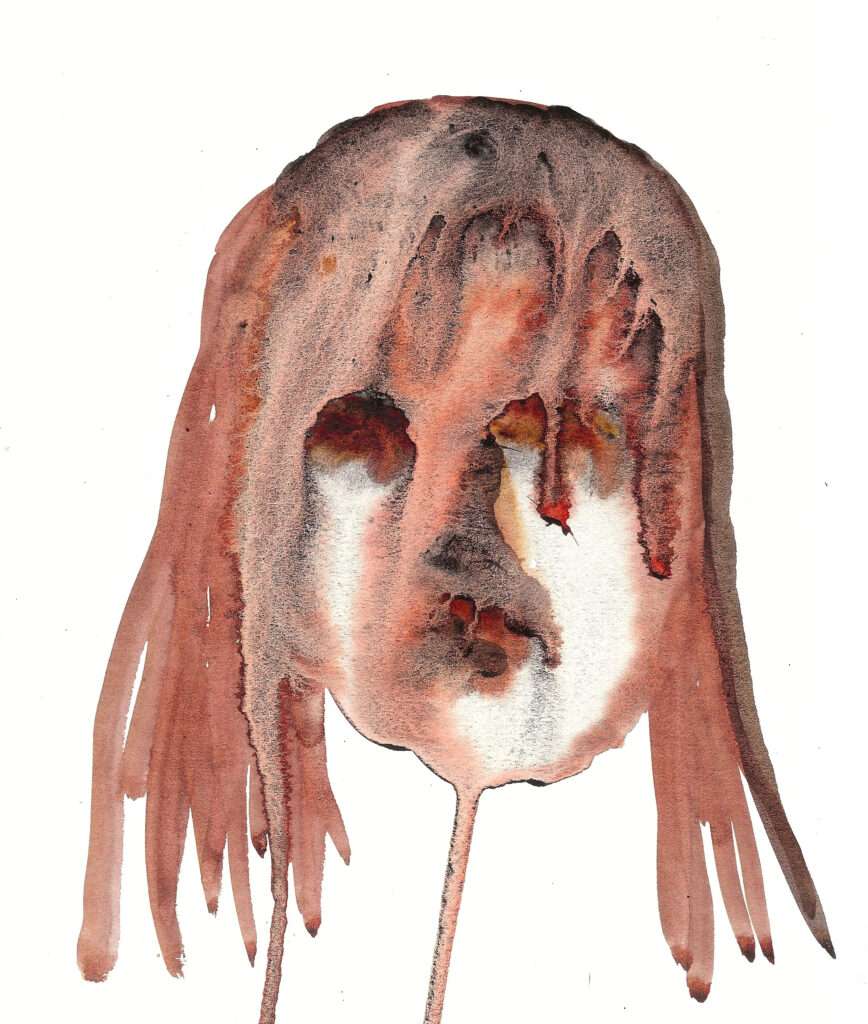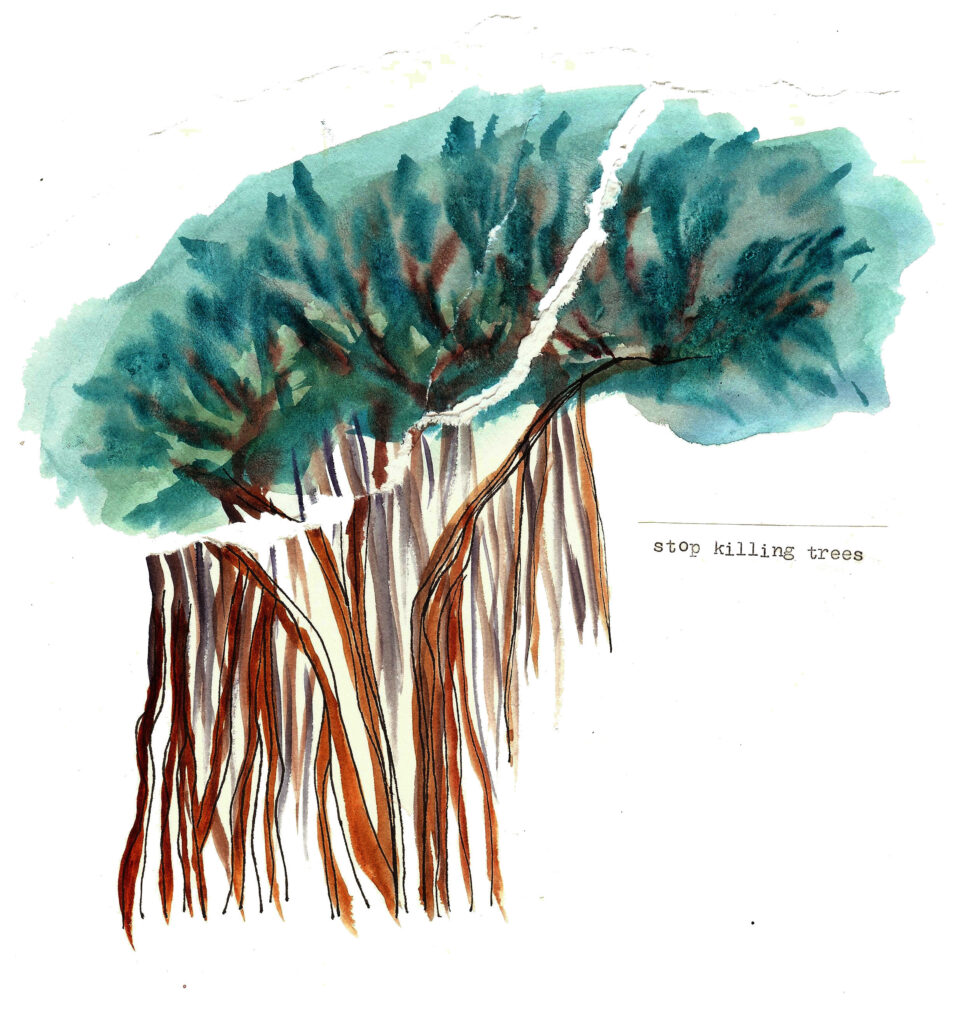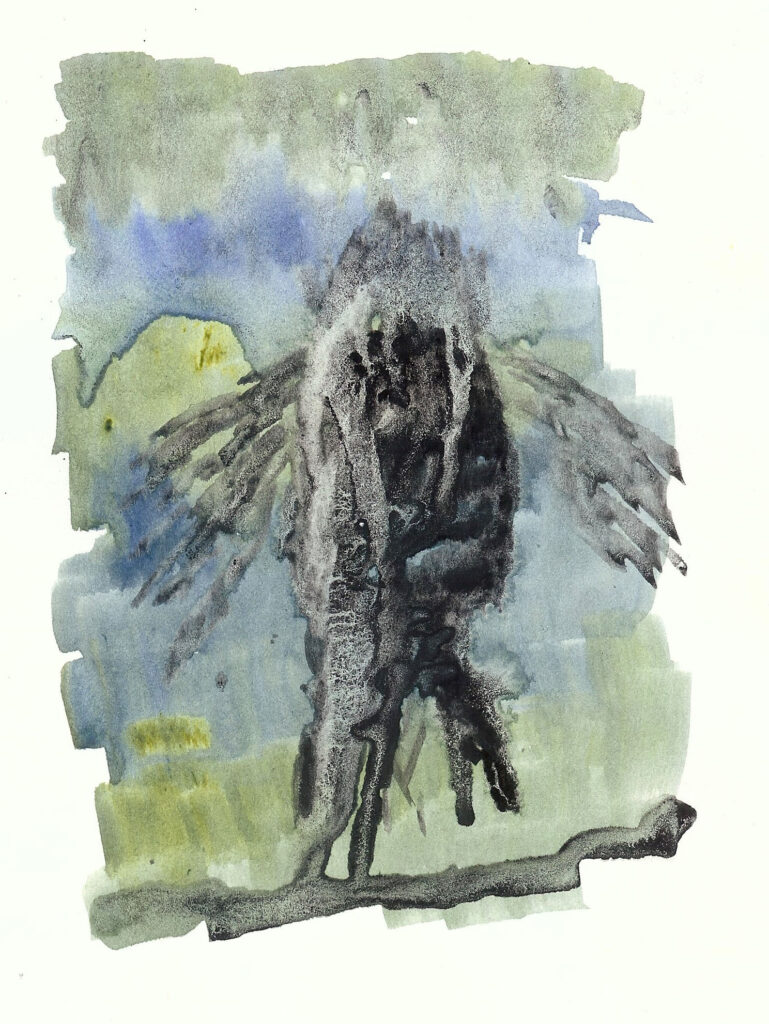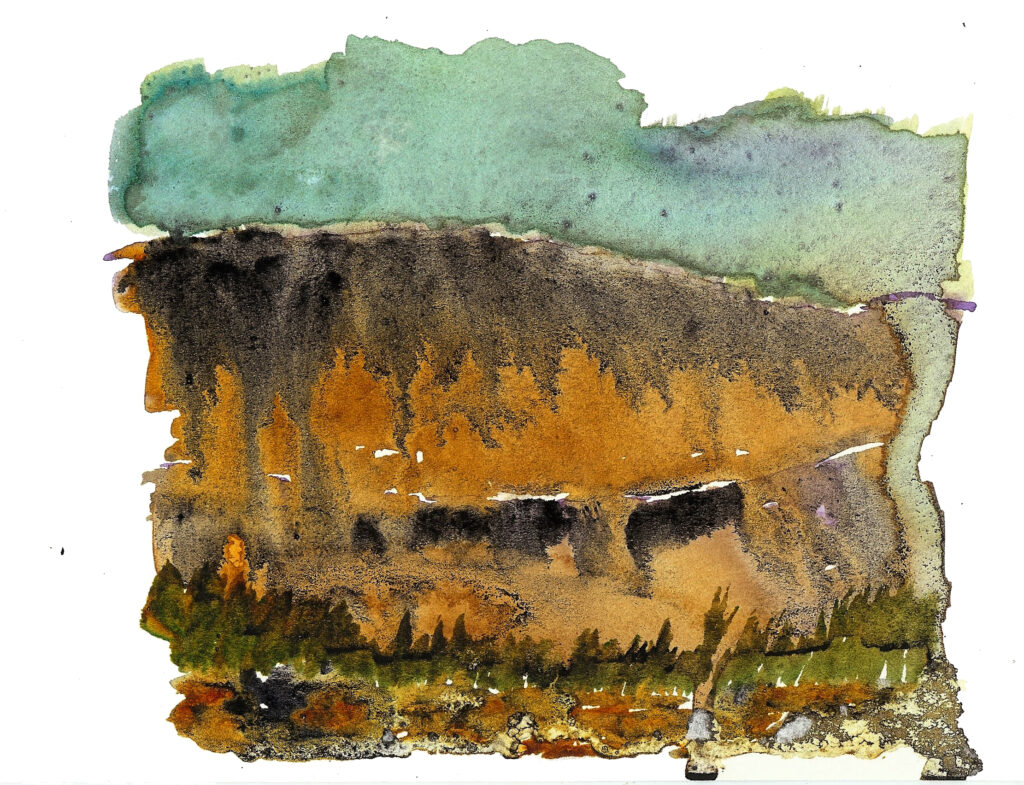The White Lotus’s first season is finally complete. I trust much will be written about the show as a commentary about the gulf forming between the ultra-wealthy and everyone else in America. But we know this by now. In America, there are those who serve, and there are those who never serve at all. Perhaps class in America is less defined by whether you are served (we are all served in some capacity), but by whether you have ever had to have a service job in the first place. While The White Lotus is an excellent and disturbing satire about the subtle and not-so-subtle frictions between the service staff at a luxury resort and the people who can afford to spend a night there, it is also a commentary on the political situation in Hawai’i, and about how tourism can be a kind of cultural violence.
I live in Waikiki. The White Lotus hit home for me in uncomfortable and familiar ways.
There is a scene in The White Lotus where Nicole, a CFO of a tech company, and Quinn, her son, walk through the resort, each lonely in their own bubble. Nicole looks fabulously detached in her hat and sunglasses and jewelry, armored by the symbols of her wealth, and Quinn is literally detached, absorbed in his video games and cell phone. The scene made me laugh, because it was familiar. I didn’t realize how familiar, though.
Over the weekend, while walking to the beach for my morning surf session, I saw the exact same scene unfold, but this time, in real life—here was the mother in a bright sundress, hat, and sunglasses, fabulously detached, while her son walked beside her absorbed in his phone. Life sometimes imitates art, and art sometimes perfectly represents life.
The story line that disturbed me the most was that of Kai, a local man who becomes romantically entangled with a Paula, a girl invited to the resort by her wealthy friends (the Mossbacher family). We come to understand that Paula is not particularly wealthy herself, and so inhabits a liminal and uncomfortable position at the resort. She is invited, but not paying the bill.
Kai tells Paula about how the resort was once his family’s land, stolen by powerful interests. His family cannot afford the lawyers to take the land back from the resort. Kai’s story puts a personal face on the story of Hawaii’s overthrow.
Many visitors to Hawai’i do not know how Hawai’i became a state. It’s interesting that even The White Lotus doesn’t go there, choosing to tell the story metaphorically, through Kai.
In 1893, Queen Liliuokalani, Hawaii’s queen, was overthrown by a group of businessmen. The queen was imprisoned in her palace, and what followed was the loss of Kanaka Maoli culture, language, and the dispossession of local people from the land to which they had been connected for centuries. You can read about it in Hawaii’s Story by Hawaii’s Queen, which is as good a history of the overthrow you’ll find. The overthrow did not happen so long ago. It is easy to forget that for many local people, the era of the overthrow dates back to when their own grandparents were children. The Officer of the High Commissioner on Human Rights for the UN acknowledged that Hawai’i is a “nation-state that is under a strange form of occupation by the United States resulting from an illegal military occupation and fraudulent annexation.”
According to Jordan Kalani Harden’s University of Oregon undergraduate research, the profits of Hawaiian tourism “do not directly, if even remotely, benefit the Native Hawaiians whose land continues to be seized and commodified.” The state of Hawai’i depends upon tourism as the foundation of its economy. Many Kanaka Maoli want this to change. Waikiki, one of the top tourist destinations in the state, was once rich farmland of taro fields. Before the overthrow of the Hawaiian Kingdom, local people would have tended these fields freely, paying tribute to the King or Queen in food and fish and other forms of exchange. Today, local people experience a far different fate. According to the Harvard Law Review, “the lands of the Hawaiian kingdom unjustly enriched the United States when the Kingdom was overthrown… the wealth accrued due to the possession of this land has continued to unjustly enrich those governments.”
Today many local people work in the service industry of Waikiki, as kitchen workers, entertainers, drivers, cleaning staff, and more, barely making enough money to afford rent and put food on the table (food costs in Hawai’i are the highest in the nation because the state gets most of its food shipped in). Others work in construction, making new buildings to be purchased by foreign and mainland wealth (I’m not above this criticism; I have a mortgage here; I moved here from the mainland several years ago). The White Lotus touches upon the perverse cost of food in Hawai’i in a brilliant scene where the Mossbachers pile their plates up high from the breakfast buffet while two local men stand across the room, their eyes wide with horror and anger. And it’s the lucky people here who have jobs. Others have succumbed to addiction and homelessness and the ongoing trauma of colonization.
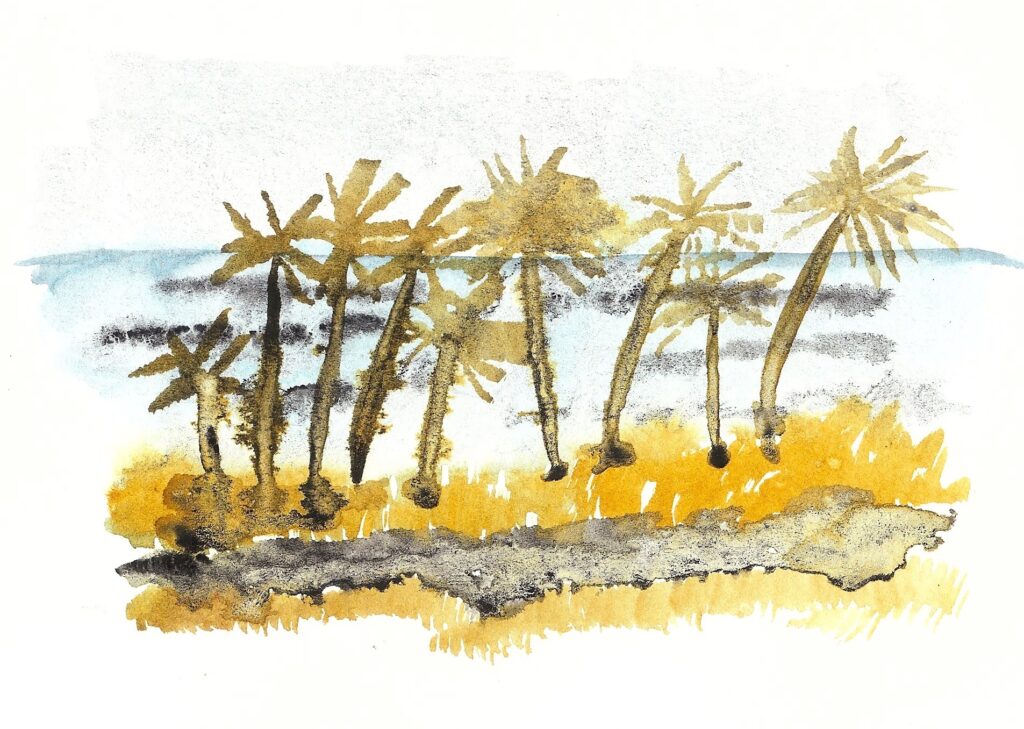
Paula seems to understand something of Kai’s situation when she finally sees the perversity of watching Kai perform a hula for tourists on land that was once his. When I first saw the hula performed at the Royal Hawaiian, I felt some relief to see traditions being carried on in what I had understood was once a sacred site. But Paula is right. For whom is the ritual performed? There is a perversity in what was once a sacred ceremony being performed as a dinner act.
Paula has a terrible idea to help Kai reclaim his land. She urges him to steal some valuables from the safe of the family with whom she’s staying. In The White Lotus, Kai’s last role is that of a burglar.
Of course he gets caught. The show doesn’t have to let us know what happens next for us to know what happens next. That Kai loses his job and will likely end up in prison is a given. In the meantime, his capture leads to celebration and even sexual reconnection for the elder Mossbachers. The story is about White people, after all, not about Kai or his family’s plight.
More alarming is Paula’s mistaken activism. Paula sends Kai off to put his body and future in danger, while she enjoys herself on a dive boat. And when things go wrong, she cries and reads books about colonialism, but you don’t get the sense that she’ll be any more deeply affected. In The White Lotus, it is impossible to correct colonial violence within the capitalistic framework.
But it is also impossible to correct colonial violence in real life. Harvard Law Review proposes that “courts should recognize a restitution remedy for Native Hawaiians seeking their rights to these lands.” Yet, who are Native Hawaiians, exactly? Blood quantum laws define who gets these benefits, yet these definitions continue to dispossess many Kanaka Maoli who may not meet the strict definition (Hawai’i is the most multicultural state in the nation). This definition is convenient and efficacious for the American government because it significantly limits who qualifies for land restitution and reduces the government’s debt with each succeeding generation.
Kai isn’t the only local who suffers erasure in The White Lotus. Lani, another local woman who gives birth in the hotel manager’s office, also never returns to the show. By the end of the show, the local bodies have all but disappeared, except in abstract. Quinn, the Mossbacher son starts paddling with a group of local men, and we see them in silhouette.
What happened to Kai in The White Lotus made me sick to my stomach, but the show isn’t about Kai. It’s about the tourists, and the hotel manager. Hawai’i becomes another backdrop to tell a White story.
While special places in Hawai’i have indeed been used by Kanaka Maoli as places of healing, Hawai’i as a whole is often romanticized as a healing destination. In this perverted schema, Black, Brown, and Indigenous people are typecast as healers, there to serve and perform “healing rituals” on visitors. The White Lotus perpetuates these ideas through some brilliantly portrayed scenes that take place in the resort’s spa.
Given the history of erasure, it is no wonder that local Hawaiian groups are very uncomfortable with tourism, visitors, and outsiders, especially during a pandemic.
‘Aina Momona, “a community organization dedicated to achieving environmental health and sustainability through restoring social justice and Hawaiian sovereignty” recently asked visitors to “stop traveling to Hawaii during a pandemic” on Instagram. The group asked visitors to respect “our land, our people, and wildlife.” Recently, there was extreme backlash on social media when tourists posted photos of themselves touching an endangered monk seal. It should go without saying, but when visiting Hawai’i, don’t touch the wildlife. That being said, even The White Lotus camera gets too close to a sea turtle for my own comfort, and I found myself shouting at the screen.
How does one travel to Hawai’i given tourism’s erasure of native Hawaiian bodies and culture? Listening to Kanaka Maoli is a good idea. Perhaps it’s not the best idea to travel during a pandemic, especially given the recent toll the Delta variant spread has had on limited island resources, particularly medical resources. One of Honolulu’s hospitals literally has no ICU beds.
In times of prosperity, the solution won’t be so easy. Perhaps responsible tourism would include researching accommodations and ensuring that the hotel is locally owned? Perhaps it would include committing to eating locally farmed and grown food while visiting, and visiting restaurants committed to sourcing from local farmers? Perhaps it would involve traveling in a manner that “leaves minimal trace,” choosing to bike or bus, rather than renting a car, and minimizing impact on natural resources by not touching wildlife or corals? Perhaps it would involve asking visitors to respect their limits should they choose to hike (tourists have to be rescued off trails all the time; the trails are more dangerous than many think)? Perhaps it could include entering any space with respect and humility, especially the ocean, and wild spaces? Perhaps it would involve volunteering while visiting? Perhaps it would involve not touching or entering any space one hasn’t been invited to enter or touch? I write these things because they represent an ideal for how I’d like to live my life here. But it’s difficult to live ideally.
Tourism has an immense impact on Hawaii’s natural resources, and on other resources like food and water. During the pandemic months, the ocean got clearer and cleaner. Kewalo Basin Harbor turned deep turquoise. Fish returned to the reefs, and the health of the ecosystems improved. I saw a sting ray while surfing in Waikiki. Rare monk seals were reported to be frolicking in the often crowded beach of Hanauma Bay. The island belonged to the locals and to the animals again. There was something beautiful about it all. A recent newspaper article in the Star Advertiser reported that since Hanauma Bay’s re-opening, the fish population in the reef has begun to decline again.
The White Lotus is a problematic show. It begins and ends with White people. But it’s a somewhat uncomfortable mirror—and that’s something.
According to ProPublica, the government still owes native Hawaiians millions of dollars for the unauthorized theft of ancestral lands, but to this day, many locals struggle with poverty, homelessness, their families scattered across the globe because access to well-paying jobs is limited, and food and housing in Hawai’i is expensive. Some of this is because of Hawai’i’s isolation. Some of it has to do with bad policy. And some of it has to do with the fact that wealthy people buy vacation homes here and tourists come with big mainland dollars, inflating the cost of everything for the local people. With home prices averaging close to $1 million, most locals can’t afford to own a home in their native homeland.
Americans don’t know how to be good guests. People leave trash on Waikiki beach all the time. I find myself cleaning up all the time.
The White Lotus certainly raised more uncomfortable questions for me as well.
The show ends with Quinn, the Mossbacher son, deciding to stay in Hawai’i. We last see him paddling out to sea in an outrigger canoe. But this ending is not without its problems. On the canoe, Quinn is “dead weight.” But his dead weight serves a function. The paddlers say they become stronger by carrying him. Quinn’s idealization of the islands is problematic, and the idealization of Quinn’s role in the canoe is also somewhat problematic. His own vision of the landscape will always be mediated by his view of it as an outsider, his position as “a rich white kid having this experience on the backs of the other guys,” as Mike White, the show’s writer, explains in his interview with Vulture.
You cannot visit Hawai’i without respect for the complexity of what it means to visit. You cannot move here, either, without facing that complexity.
I moved here. I am a transplant. My reasons for moving to Hawai’i are complex. My family comes from other islands that have been affected by American governmental policies (Cuba, Puerto Rico). I have been an outsider everywhere I have lived, and have never felt at home anywhere but here in Hawai’i where I am most an outsider. All of this is to say, my connection to Hawai’i is incredibly complicated. I moved here and I have a mortgage. But I don’t own a second home here, and I honestly think second homes should be heavily taxed. Second homes put an immense strain on local resources, not to mention, the planet, and second homeowners are seldom as connected to the local communities as those who live here.
Quinn leaves his family to stay in Hawai’i. Perhaps the most shocking moment of the show for me, was the frightening and sad moment I saw myself in Quinn. I may not have come from a wealthy family, but I was perhaps not so different from Quinn as I would have liked to believe in the earlier scenes of the show. Sure, I don’t want to paddle to Fiji, but paddling on a canoe and paddling on a surfboard are not so different. This spark of recognition is what I think makes the show genius.
I still struggle with what it means to be a good immigrant to Hawai’i. I try my best.
Quinn says he wants to live in Hawai’i because it is real here. But real isn’t always easy, and it isn’t always beautiful. There is a darkness and deep sadness in Hawai’i. There is deep anger and pain. People might come to Hawai’i to heal, but they forget that fire made this land.
Fire creates and destroys.
Healing is easy. Passing through the fire, much harder. As I write this, I hear a man chanting. The swell is rising, beautiful and dangerous, and from the sound of it, I think he’s by the sea. I don’t think he’s performing for tourists.
Hawaii’s Story By Hawaii’s Queen at Amazon.com (affiliate link)
Hawaii’s Story By Hawaii’s Queen at Bookshop.org (affiliate link)
About the Writer
Janice Greenwood is a writer, surfer, and poet. She holds an M.F.A. in poetry and creative writing from Columbia University.

